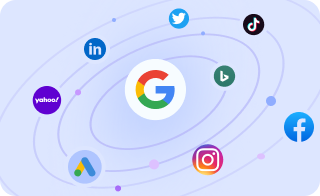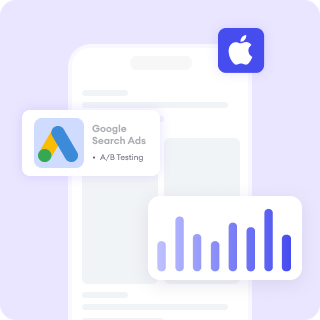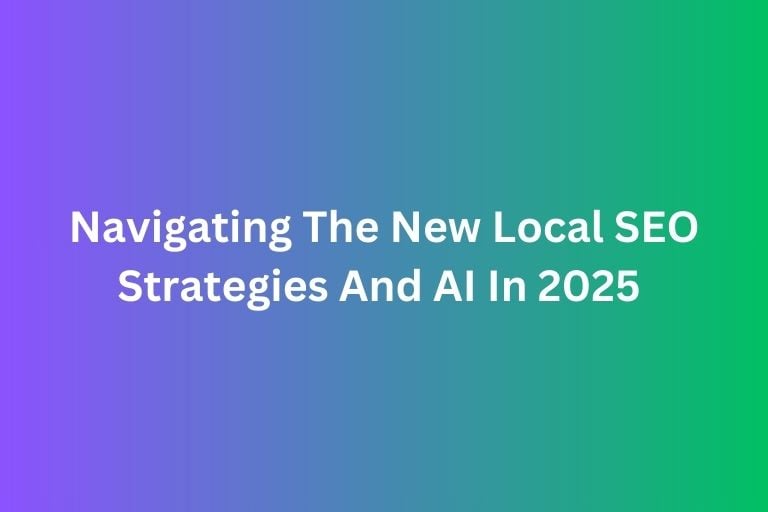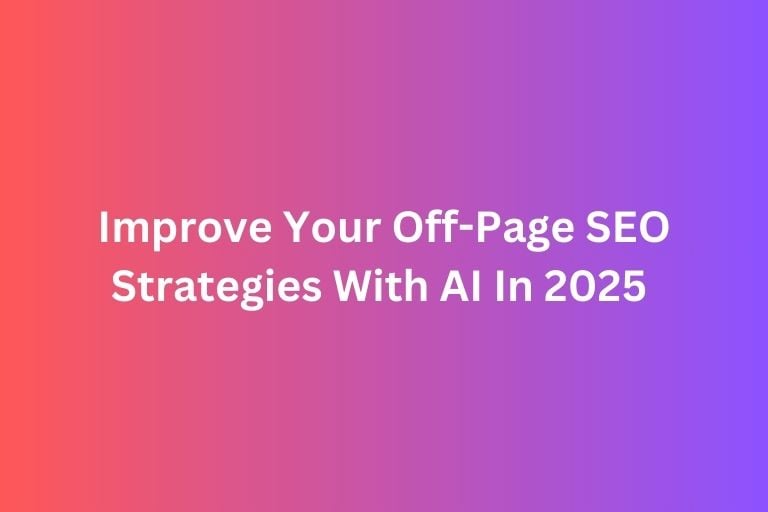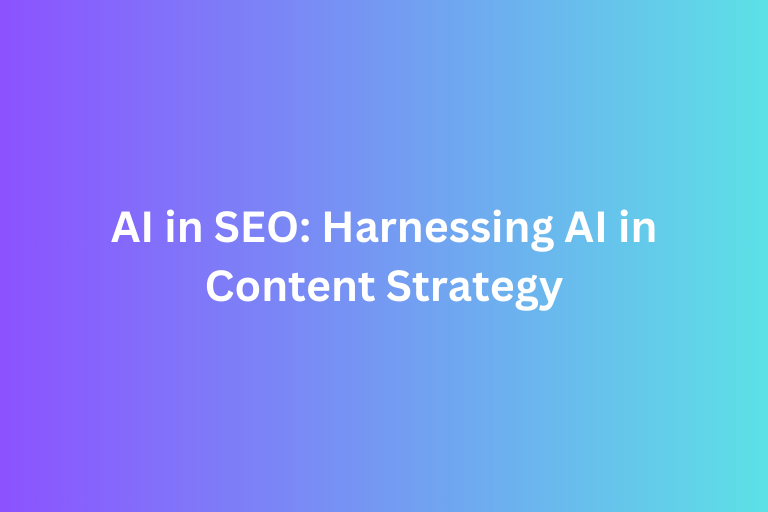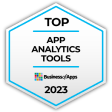On-page SEO is where it all begins, where it is the backbone of your website’s success, the foundation upon which your pages are built to shine in search results.
In this article, we will learn what is on-page SEO, why it matters for your site, and the key elements involved in on-page SEO.
If you’re new to SEO, don’t worry! This guide will break it down step by step, so you know exactly where to start.
What is On-Page SEO?
At its core, On-Page SEO is the process of optimizing individual pages on your website so that search engines, like Google, can understand what they’re about and rank them higher. It’s about making your site user-friendly and search-engine-friendly because when Google loves your site, people find it more easily.
Mastering On-Page SEO doesn’t require a tech degree or a magic wand. With a little effort, you can make changes that have a big impact.
Why Does On-Page SEO Matter?
When optimizing your site with On-page SEO, it help your site or blog to be found on the internet.
On-Page SEO benefits include:
- Higher Rankings: The more optimized your page is, the better your chances of ranking on the first page of Google.
- More Traffic: When you rank higher, you naturally attract more visitors.
- Better User Experience: On-page SEO isn’t just for search engines—it makes your site easier to navigate and more enjoyable for your audience.
- Increased Credibility: A well-optimized page looks professional and signals trustworthiness.
Key Elements of On-Page SEO
Key elements of On-page SEO involve keywords, title tags, meta descriptions, headings, high-quality content, image optimization, internal linking, and mobile friendliness.
1. Keywords
What are Keywords?
Keywords are the words and phrases people type into search engines to find information. Think of them as the bridge between your content and your audience. For example, if you’re writing an article on “Best Vegan Restaurants in LA,” make sure the phrase appears in your title, headings, and a few times in the body text.
How to Use Keywords:
- Choose the Right Keywords: Use tools like Google Keyword Planner or Ubersuggest to find relevant, high-traffic keywords.
- Strategic Placement: Add your main keyword in the page title, headings, meta description, and naturally throughout your content.
- Avoid Keyword Stuffing: Google hates it when you overuse keywords. Write for humans first, search engines second.
2. Title Tag
The title tag is the clickable headline that appears in search results. It’s your first impression so make it count! For example, instead of a boring title like “Vegan Restaurants,” try something catchy like “10 Best Vegan Restaurants in LA According To Locals!”
Best Practices for Title Tags:
- Keep it under 60 characters so it doesn’t get cut off.
- Include your primary keyword near the beginning.
- Make it enticing by highlighting a benefit or solution.
3. Meta Descriptions
The meta description is the short snippet that appears below your title tag in search results. It’s not a direct ranking factor, but a great meta description can increase click-through rates.
How to Write a Great Meta Description:
- Summarize the content in 1-2 sentences.
- Include your keyword
- Add a call-to-action like “Learn More” or “Explore Now.”
4. Heading
Headings (H1, H2, H3, etc.) aren’t just for making your page look pretty but they also help both readers and search engines to navigate your content. A clear, structured headings make your content easier to read and help Google understand its hierarchy.
How to Optimize Headings:
- Use H1 for the main title of your page (only one H1 per page).
- Use H2 and H3 for subheadings to break up sections.
- Add keywords to headings where it makes sense, but keep them natural.
5. High-Quality Content
Great content is the heart of On-Page SEO. Without it, all the optimization in the world won’t help. Try your best to produce good content where it can be beneficial for users. This way, Google will reward your site with a higher ranking position on SERP.
What Counts as High-Quality Content?
- Relevant and Useful: Answer your audience’s questions and solve their problems.
- Original: Avoid copying content from other sites. Google rewards originality.
- Readable: Use short paragraphs, bullet points, and simple language.
Pro Tip: Add visual elements like images, infographics, and videos to make your content more engaging.
6. Image Optimization
Images add visual appeal to your pages, but they can also slow your site down if not optimized.
How to Optimize Images:
- Use descriptive filenames (e.g., “vegan-restaurant-LA.jpg” instead of “IMG123.jpg”).
- Add alt text to describe the image for accessibility and SEO.
- Compress images to reduce file size and improve loading speed.
7. Internal Linking
Internal links are links to other pages on your website. They help users explore your site and guide search engines through your content. For example, if you are writing about began restaurants, you should link it to another blog post about “Healthy Vegan Recipes” to keep readers engaged.
Best Practices for Internal Linking:
- Use descriptive anchor text (the clickable words in a link).
- Link to related pages or blog posts that add value.
- Don’t overdo it—keep links relevant and helpful.
8. Mobile-Friendliness
With most users browsing on mobile devices, your site must look great on smaller screens. So optimizing your site for mobile devices is one of the important element when doin on-page SEO.
How to Check Mobile Friendliness:
- Use Google’s Mobile-Friendly Test Tool.
- Ensure buttons and text are easy to click and read.
- Optimize images and layout for mobile screens.
How to Get Started with On-Page SEO
On-page SEO involves a lot of elements where it might get you to the point of being overwhelmed by it. But don't worry too much! You can always start small. Pick one or two elements from this list and optimize your most important pages. I recommend you start doing keyword research and optimize your title tag and meta descriptions first.Over time, you’ll build an SEO-friendly site that works for both your audience and search engines.
Here’s a simple step-by-step plan:
- Choose a focus keyword for each page.
- Write a compelling title tag and meta description.
- Create high-quality, structured content with headings.
- Add internal links and optimize your images.
- Test your site’s speed and mobile-friendliness.
The Payoff of On-Page SEO
When you invest time and effort into On-Page SEO, you’re laying the groundwork for long-term success. Your pages may not rank overnight, but with consistent care, they’ll start to grow, attracting more visitors and boosting your online presence if you keep on doing optimization to your site.
Start small, track your progress, and celebrate the wins along the way. Each optimization you make is a step closer to your goals!
Improve your website performance with FoxAdvert!
If you are looking forward to how to improve your website performance, our professional team of SEO experts at FoxAdvert can help you. Contact us today to start your journey 😊


